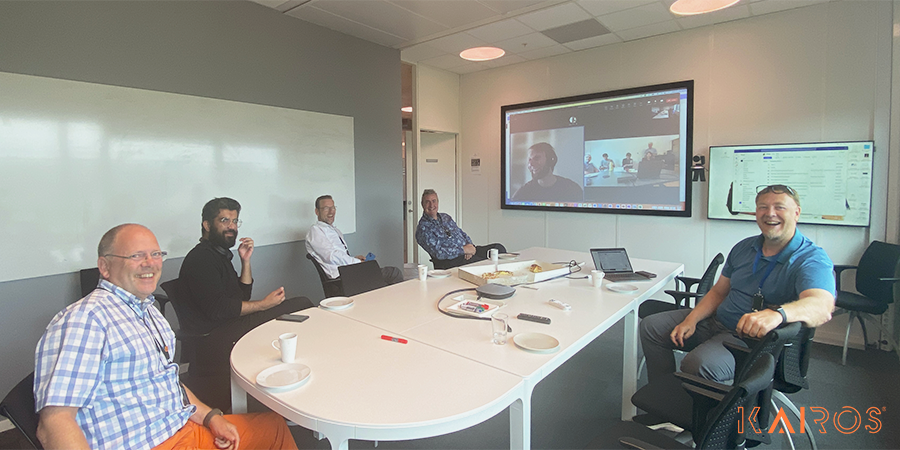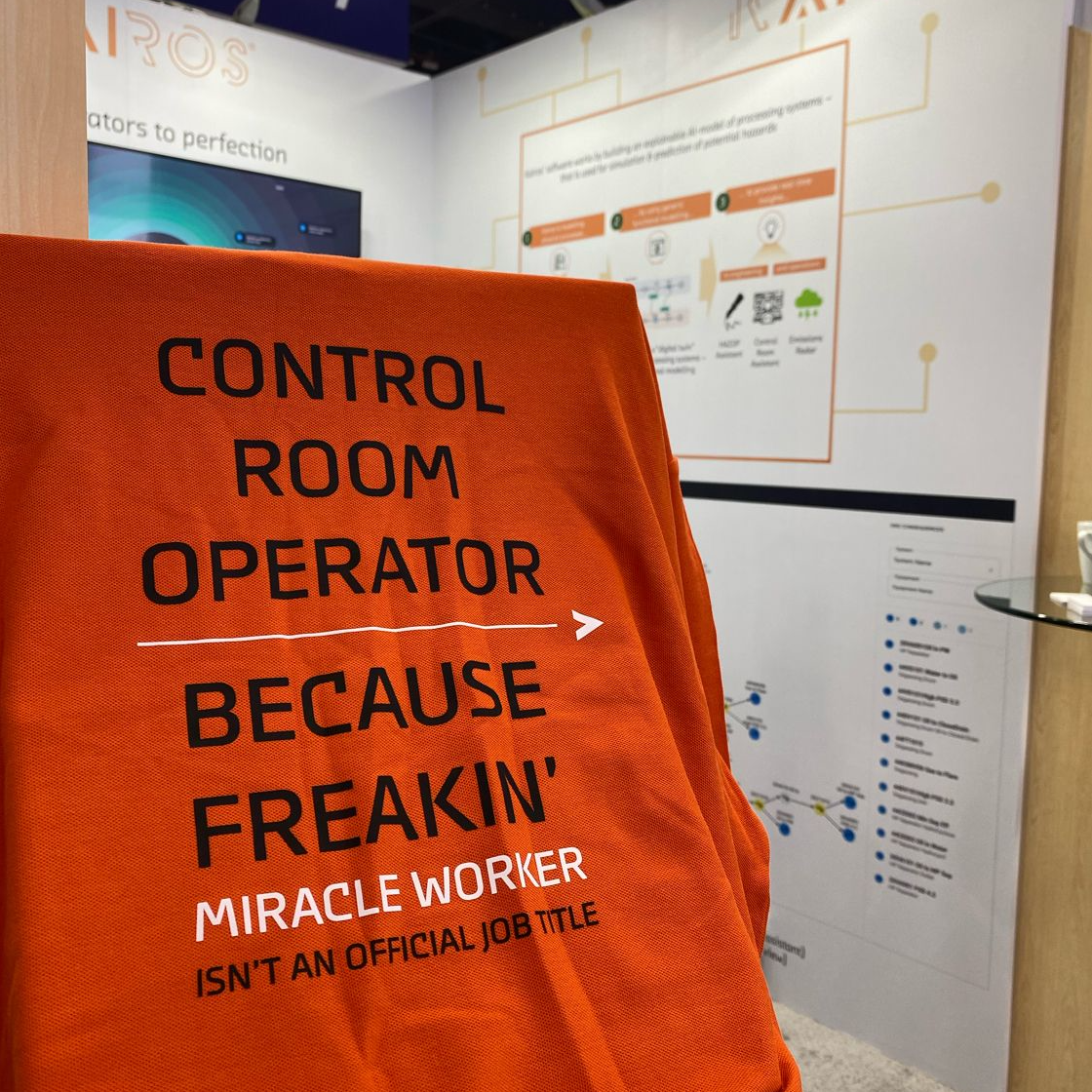This newsletter provides a concise overview of the new features introduced in our latest software release. For more technical information, we offer a separate subscription called "product information," where we delve into the finer technical details.
The Baobab release has brought numerous remarkable enhancements and features, covering the Control Room Assistant (CRA), HAZOP Assistant (HA), and the modeling tool WorkBench (WB). These additions not only elevate the functionality but enhance the user experience.
Improvements “under the hood”
Our software is unique in its approach to constructing a knowledge graph, which is based on a functional model. This comprehensive AI graph includes all root causes, pathways, and connections between sensors and actuators, resulting in a vast tree structure. The calculation of this knowledge tree, known as causal mode reasoning, requires substantial computational power.
To boost real-time reasoning speed, this release introduces pre-processing of causal mode reasoning and storing it in tables. This means that users enjoy a snappy and responsive interface, even when working with large models.
New Control Room Assistant features
1. Increased number of failure modes by a factor x10!These achievements are attributed to two significant enhancements in the software. Firstly, the implementation of nested models (WB reference) has been invaluable. Secondly, pre-processing functional models to generate look-up tables for knowledge graphs has been instrumental. As a result, a typical topside model now boasts a knowledge graph comprising 150.000 paths, meticulously connecting root causes to end consequence.
2. Operators now have the added assistance of a "Prevent" feature
Our tool's main feature is using sensor patterns to identify causes and provide proactive advice. We have improved support for control room operators with the "Prevent" step in our corrective actions. Alongside "Correct" and "Verify", this change will revolutionize addressing upsets and deviations in the control room, enhancing situational awareness and providing practical guidance.
3. Classification of end consequences
Consequences can be categorized into three main types: safety, environmental, or production related. This classification is crucial for prioritizing responses and enhancing the Emission Radar’s (EmRad) user interface. We can effectively address and mitigate their impact by understanding each consequence's nature, ensuring optimal performance and user experience.
WorkBench and library models
To improve modeling efficiency, this release introduces library models. These models ensure consistent quality and facilitate the reuse of operational and engineering expertise. Each library component is accompanied by corresponding FMECA documentation. Using library components will empower less experienced engineers to construct functional models, a crucial step towards automating the model-building process.
HAZOP Assistant updates
The HAZOP assistant offers various offline views of the knowledge tree, designed to support HAZOPs or operability engineering work. This release brings significant enhancements to the user interface, ensuring a more consistent and user-friendly experience, including:
- Tree view improvement
This view illustrates the pathway from a selected root cause to all resulting consequences. The notable enhancement is the ability to reverse the graph, initiating from an end consequence and retracing all potential root causes. This feature greatly emphasizes the importance of risk prevention by unveiling underlying possible causes.
- Sensor coverage
Sensor coverage is a new feature in our portal. It provides a full list of root causes and shows all sensors capable of detecting deviations. Additionally, it includes an indication of alarms or trips to support alarm configuration and HAZOPs. This tool is crucial for identifying areas where verification steps are necessary for the Control Room Assistant. During the design phase of a new facility, the tool can be used to optimize the level of instrumentation.
- HAZOP Analyzer view
This view is designed to enhance the efficacy and quality of HAZOP or operability studies. It provides a comprehensive list of potential end consequences or hazards, along with their corresponding root causes and existing safeguards. The lists are always presented in a prioritized manner, with the least protected root cause highlighted first to ensure that unprotected scenarios are addressed promptly. Additionally, this view enables users to include comments and mitigation measures along with convenient features for exporting reports.
Summary
The Baobab release is a significant milestone for Kairos. With new features, bug fixes, and performance improvements, we believe this release will elevate our operational excellence. We invite you to explore these enhancements and share your feedback with us.
Our team is already hard at work preparing for the next version, so stay tuned for exciting news from Kairos. We can't wait to show you what's in our next release in a few more months!







